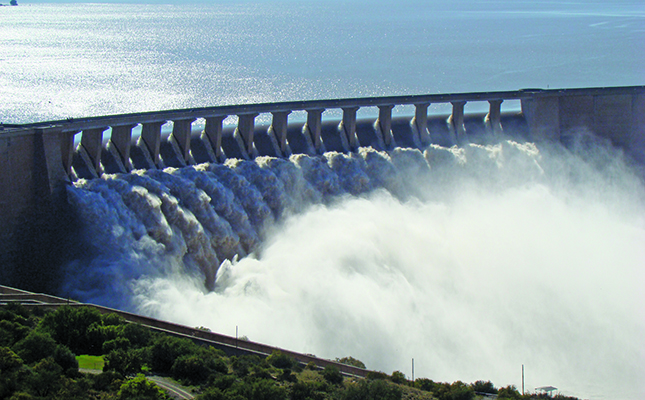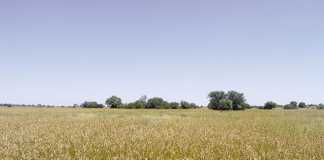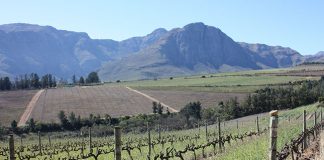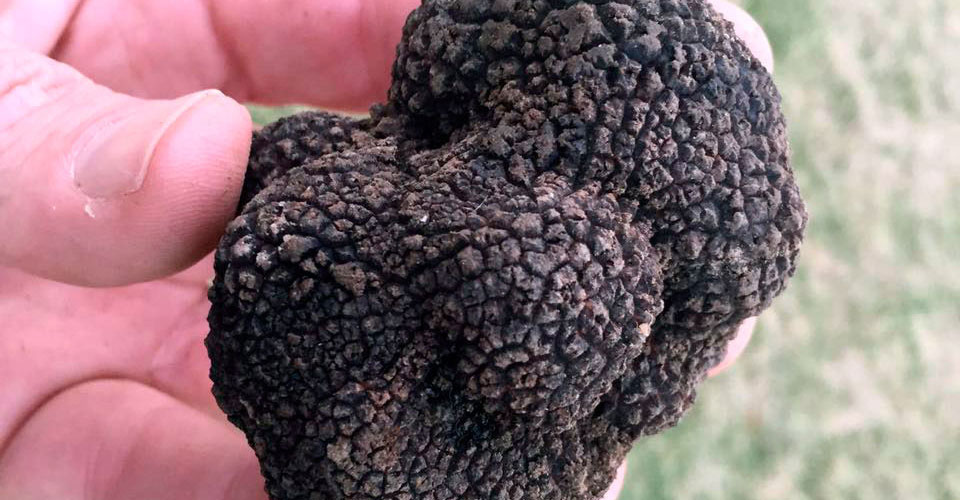
Photo: FW Archive
Rainfall prospects to replenish the water levels of some of South Africa’s dams, which have been dipping below the levels recorded at the same time last year, are not looking promising at least until the end of November.
This was according to Johan van den Berg, manager of specialised crop insurance at Santam Crop Insurance, who said that it was very dry at the moment, and that great soil penetration was thus unlikely after the first rain, unless heavy rain occurred.
“Traditionally, the [most] influx of water only [takes place] in the second part of the summer season.”
In this regard, Van den Berg said the late onset of rain was currently having the most severe impact on winter crops, such as winter wheat and barley, as the atmospheric evaporative demand was extremely high because of hot and windy conditions.
He added that this increased the need for irrigation, and crops that could not receive sufficient irrigation would suffer damage. “The dry conditions are also very negative in terms of drought damage to dryland winter crops, especially wheat in the Free State.”
The good rain received during March and April this year meant that most dams around the country were still “in a good state”. However, the level of the Vaal Dam was cause for concern at just below 50%.
In addition, Van den Berg said the Katse Dam in Lesotho, which supplied water to Gauteng via the Liebenbergsvlei River, was only at about 16% of capacity.
“Irrigation along the banks is [therefore] not possible, so [it has a negative impact] on water supply to Gauteng and irrigation extraction along the [river].”
He added the Caledon River also originated in Lesotho, and this river in turn fed the Orange River.
“The Gariep, Vanderkloof, Bloemhof, Loskop and Sterkfontein dams are [, however,] all above 70% [of capacity], and that is sufficient for irrigation for a large part of the summer season.”
“In contrast to the previous season, most of the important storage dams in the Western Cape, such as the Bergrivier, Clanwilliam and Theewaterskloof dams [are also] in a better state. There is, however, serious concern about smaller dams, especially in the Klein Karoo and adjacent areas. Dams in the Eastern Cape and KwaZulu-Natal are also under pressure.”
Wandile Sihlobo, head of economic and agribusiness intelligence at Agbiz, said that while the average dam levels across South Africa appeared to be above 50%, the picture varied from province to province and region to region.
“Some areas are extremely dry, while others are [faring] relatively better. We are, however, hoping that there could be improvement soon, as the South African Weather Service [has] forecast above-normal rainfall between November [this year] and January 2020 in the central and eastern parts of South Africa.”
He added that it was too early to tell what the impact on crops would be, and that sufficient rainfall was currently needed so that crop plantings could commence.
“South Africa’s optimal maize planting [period] is traditionally [from] 15 October to 15 November in the eastern parts of the country. While in the western parts of the country it is [between] 15 November and 15 December. So, the late rainfall could lead to delays in plantings, but we are generally still hoping for a good season.”












